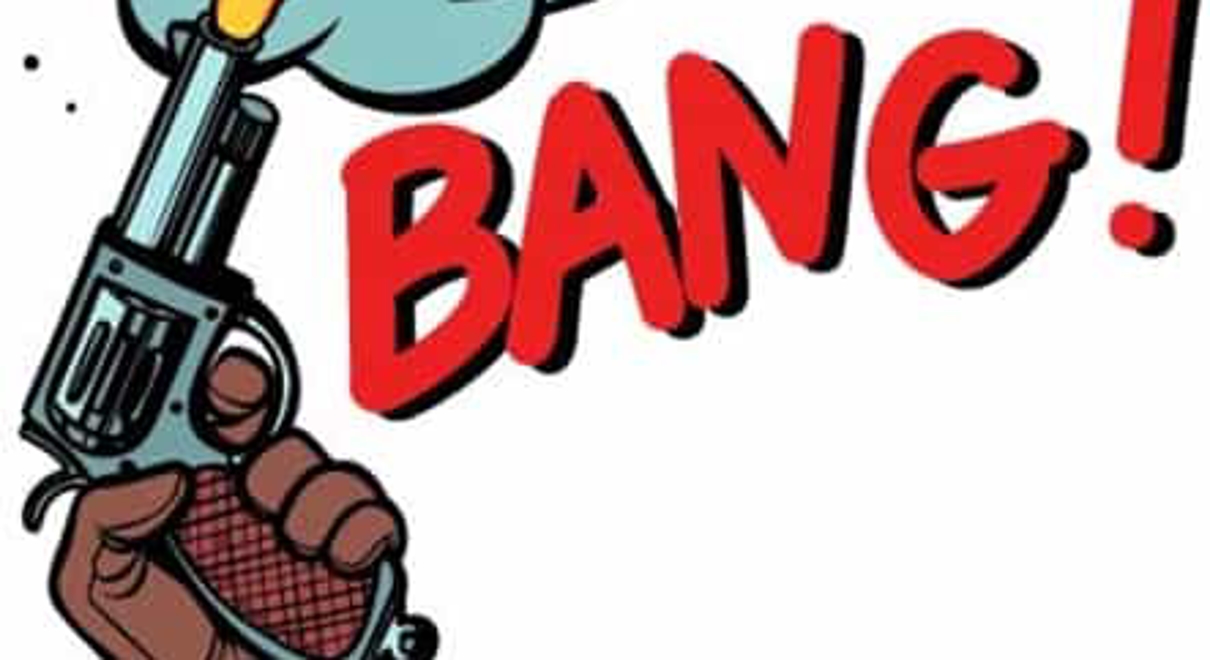“BANG!” The gun fires and the race is on. The runners take off across the field. It rained the day before and the ground is still damp. The temperature is cool. It’s a perfect day for running. The line of runners quickly forms a pack. Like a school of fish they come together as one. They move as one. The pack sets a pace to maximize their energy for the whole race. As with any race, in a short period of time the stronger ones will start to pull ahead and the weaker ones will start to fall behind. But not Ben Comen. Ben was left behind as soon as the starter gun started. Ben’s not the fastest runner on the team. In fact, he’s the slowest. He has never won a single race the entire time he’s been on the Hanna High School cross-country team. Ben, you see has cerebral palsy.
Cerebral palsy, a condition often caused by complications at birth, affects someone’s movement and balance. The physical problems endure for a lifetime. Misshapen spines create a twisted posture. Muscles are often withered and motor reflexes slow. TIghtness in the muscles and joints also affects balance. Those with cerebral palsy often have an unsteady gait, their knees knock and their feet drag. To an outsider, they may seem clumsy. Or even broken.
The pack pulls farther and father ahead while Ben falls farther and farther behind. He slips on the wet grass and falls forward into the soft earth. He slowly picks himself up and keeps going. Down he goes again. This time it hurts. He gets back up and keeps running. Ben won’t quit. The pack is now out of sight and Ben is running alone. It is quiet. He can hear his own labored breathing. He feels lonely. He trips over his own feet again, and down he goes yet another time. No matter his mental strength, there is no hiding the pain and frustration on his face. He grimaces as he uses all his energy to pull himself back to his feet to continue running. For Ben, this is part of the routine. Everyone else finishes the race in about twenty-five minutes. It usually takes Ben more than forty-five minutes.
When Ben eventually crosses the finish line he is in pain and he is exhausted. It took every ounce of strength he had to make it. His body is bruised and bloodied. He is covered in mud. Ben inspires us, indeed. But this is not a story of “when the going gets tough, the tough get going.” This is not a story of “when you fall down, pick yourself up.” Those are great lessons to learn, without a doubt, but we don’t need Ben Comen to teach us those lessons. There are dozens of others we can look at for that, like an Olympic athlete, for example, who suffered an injury just months before the games only to come back to win a medal. Ben’s lesson is deeper.
Something amazing happens after about twenty-five minutes. When everybody else is done with the race, everyone comes back to run with Bem. Ben is the only runner who, when he falls, someone else will help pick him up. Ben is the only runner who, when he finishes, has a hundred people running behind him.
What Ben teaches us is special. When you compete against everyone else, no one wants to help you. But when you compete against yourself, everyone wants to help you. Olum[pic athletes don’t help each other. They’re competitors. Ben starts every race with a very clear sense of WHY he’s running. He’s not there to beat anyone but himself. Ben never loses sight of that. Hs sense of WHY he’s running gives him the strength to keep going. To keep pushing. To keep getting up. To keep going. And to do it again and again and again. And every day he runs, the only time Ben sets out to beat is his own.
From "Start with why"
